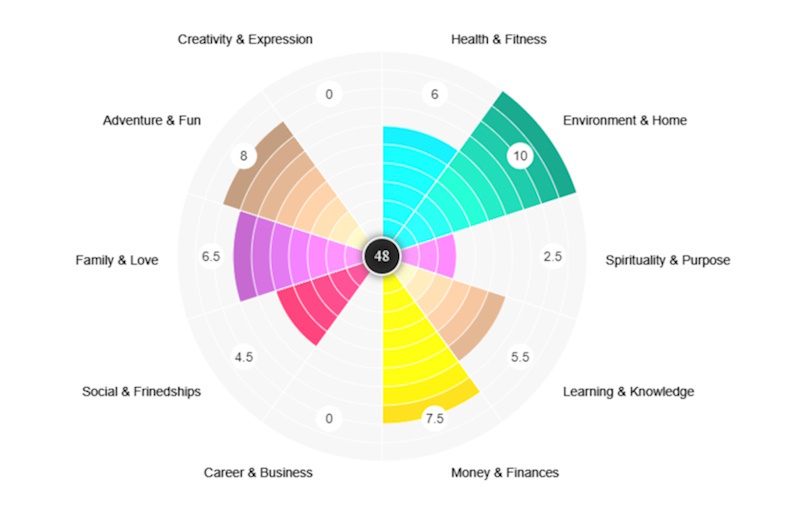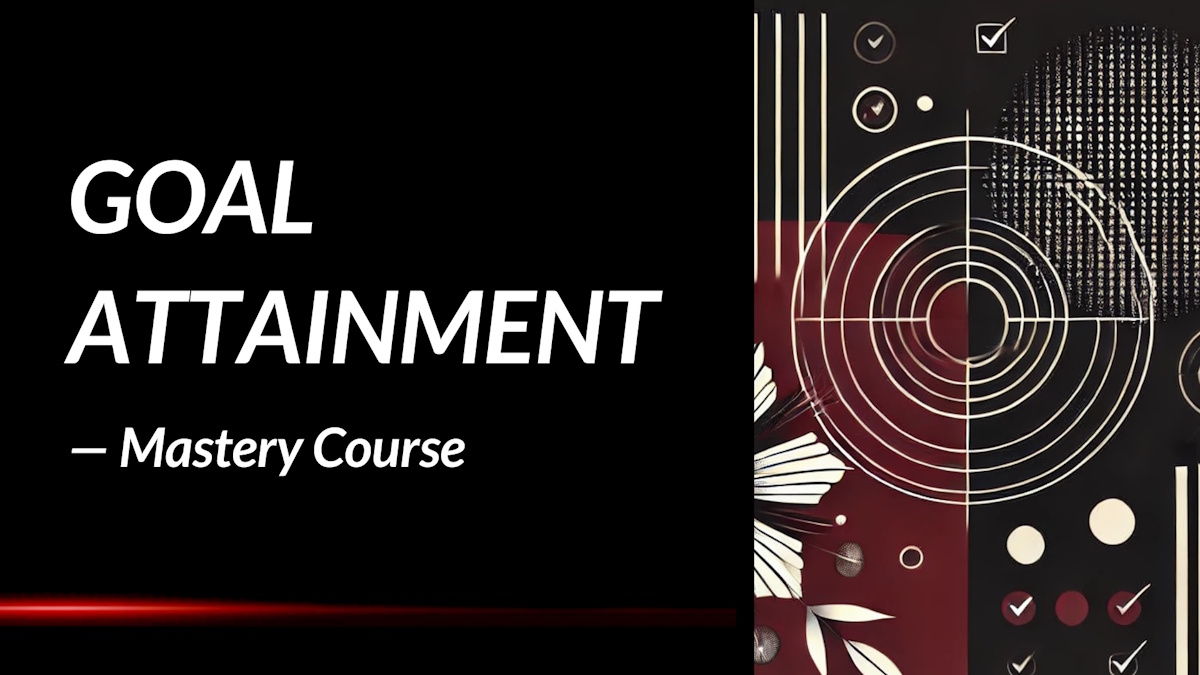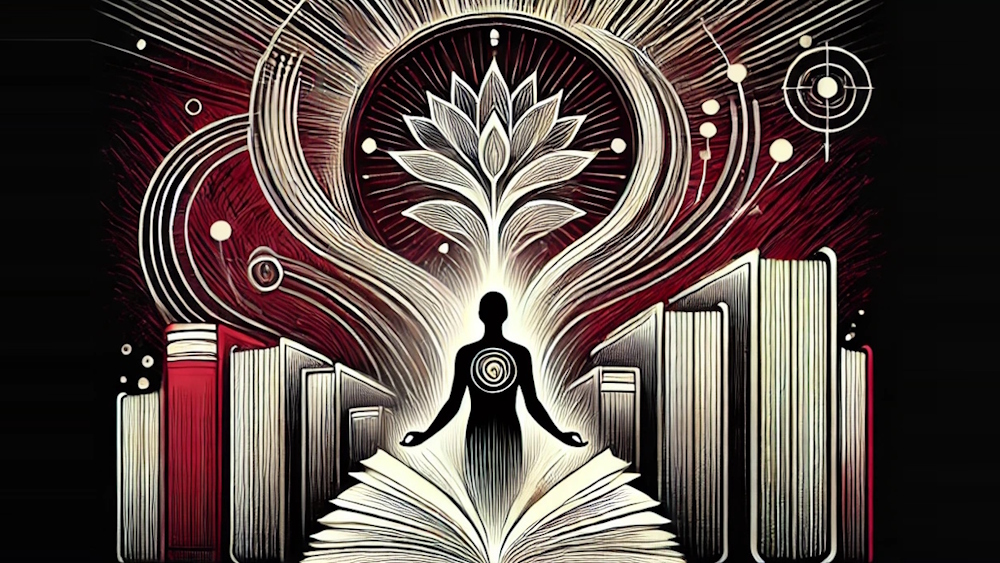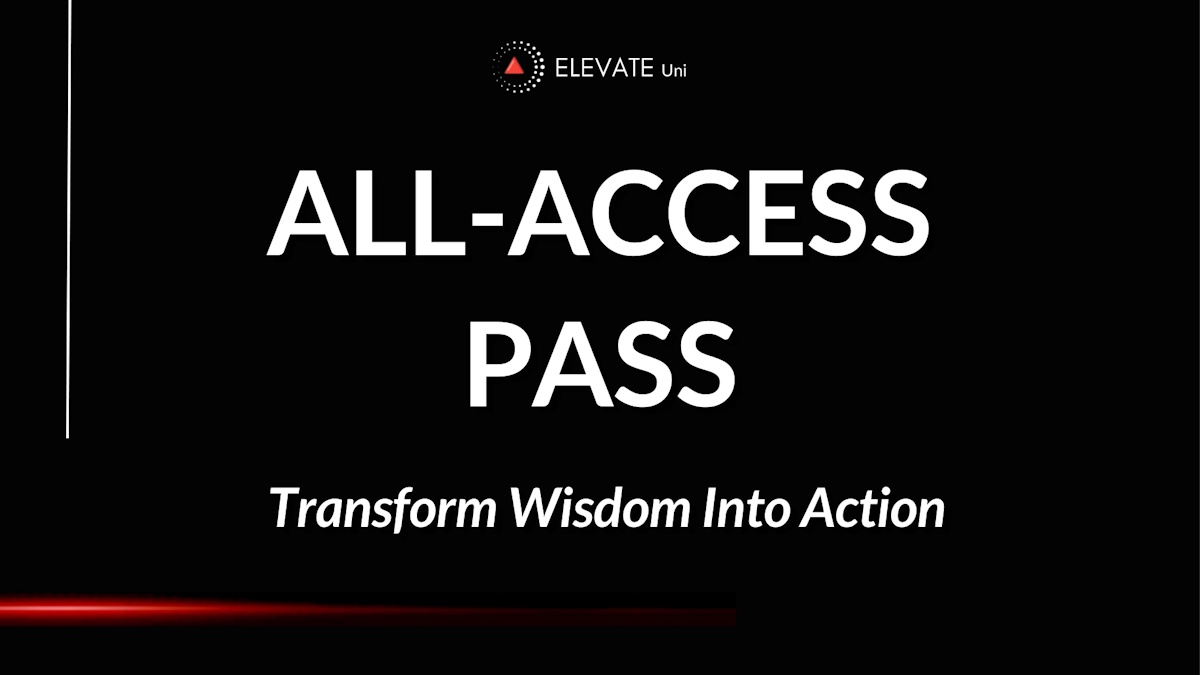Learning to Love the Spaces in Between:
What if the moments of uncertainty, transition, and discomfort in life were not obstacles to overcome, but profound opportunities for growth? In Learning to Love the Spaces in Between by Claire Gillman, readers are invited to embrace these "liminal spaces" and discover the hidden magic waiting within life’s in-between phases.
What is the Book About?
Learning to Love the Spaces in Between introduces the concept of "liminal spaces"—those periods of uncertainty, transition, or waiting when one chapter has ended but the next has not yet begun. Claire Gillman presents these in-between spaces not as voids to fear or rush through, but as vital and fertile grounds for deep personal development, creativity, and resilience. Through her insightful exploration, she encourages readers to pause, reflect, and embrace these times as sacred pauses where true transformation happens, rather than pushing impatiently toward the next stage.
Drawing from wisdom traditions, psychology, personal stories, and practical exercises, Gillman provides a compassionate and empowering guide for navigating life's uncertainties. Whether it’s dealing with job loss, relationship changes, health issues, or general feelings of being "stuck," her book teaches that these experiences can be catalysts for deeper connection with oneself and the wider world. Rather than resisting transitions, she shows how surrendering to them opens the door to self-renewal, clarity, and unexpected new paths.
Book Details
Print length: 208 pages
Language: English
Publication date: November 10, 2022
Genre: Self-Help / Personal Development
Book Author
Core Theme
At its core, Learning to Love the Spaces in Between is a meditation on uncertainty as a teacher. Claire Gillman invites readers to reframe moments of transition not as voids of failure or confusion, but as natural and necessary parts of human experience. She argues that the discomfort people often feel when caught between "what was" and "what will be" is actually a sign of personal evolution. When we resist rushing or forcing clarity, we allow space for deeper wisdom, creativity, and renewal to emerge organically.
Gillman weaves together spiritual teachings, psychological principles, and real-world examples to illustrate how transformative these periods can be when approached with patience, courage, and compassion. She presents liminality as a rich terrain that, when honored, can reveal deeper purpose and strength than ever thought possible. Her core philosophy is that peace and fulfillment are not found in certainty but in learning to navigate and even appreciate the unknown.
Main Lessons
A few impactful summary lessons from Learning to Love the Spaces in Between:
1. Embrace the Uncertainty of Liminal Spaces
Liminal spaces, the thresholds between what was and what is yet to come, hold an unnerving yet rich potential for transformation and creativity. Claire Gillman invites us to recognize that although these spaces may challenge our comfort and disrupt our equilibrium, they also open doors to insight, innovation, and deeper understanding. By resisting the urge to cling to certainty and instead leaning into the unknown, we allow ourselves to flourish in ways that structured life rarely offers, tapping into the powerful, enchanting energies of transition.
2. View Change as Fertile Ground for Growth
Rather than resisting change, Gillman teaches us to see transitional periods as a fertile void where reflection, renewal, and eventual blossoming occur. Drawing on metaphors like the wintry embrace of The Cailleach, she reminds us that the darker, quieter times of life are not voids of meaning but profound opportunities to retreat inward and prepare for new beginnings. When we approach these times with curiosity rather than fear, we create space for profound inner shifts and transformative growth.
3. Recognize the Call to Personal Transformation
One of the book’s most powerful teachings is the idea that a personal call to transformation can arise at any moment, regardless of age or circumstances. Gillman describes this inner yearning as a soul-level message asking us to heed a deeper need for change. The critical act isn’t the immediate quest or action but the decision to listen, honor, and prepare ourselves to answer the call. This readiness becomes the point of true power, showing that listening to our inner stirrings plants the first seeds of personal revolution.
4. Understand Death as a Transition Rather Than an End
Gillman sensitively explores death through conversations with soul midwives and experts, portraying it as a profound transition rather than an abrupt ending. By describing the spiritual blossoming that often occurs in those nearing death—the quickening of the spirit even as the body declines—she repositions death as another liminal space where the boundary between worlds thins. Understanding death in this way offers a chance to make peace, live fully, and cherish the unseen but tangible interactions between the living and those who have passed.
5. Trust the Mystical Nature of Near-Death and Out-of-Body Experiences
Through discussions with experts in consciousness studies and medicine, the book sheds light on the fascinating phenomenon of near-death and out-of-body experiences. Gillman shows that these mystical moments, often brushed aside by conventional thinking, reveal a broader, richer field of reality that science is only beginning to understand. Trusting in these experiences, rather than dismissing them, deepens our respect for the hidden dimensions of existence and encourages an openness to realities beyond our immediate perception.
6. Honor Ancient Wisdom and Mind-Altering Practices with Respect
The book revives the ancient reverence for entheogenic plants and mind-altering practices used by traditional societies for healing and communion with spirit realms. Gillman cautions that while these natural tools have incredible power, they demand deep respect, knowledge, and guidance to be used wisely. By reconnecting with the wisdom of our ancestors—who knew the delicate line between healing and harm—we can reclaim a forgotten dialogue with nature that modern life often ignores.
7. Foster Spiritual Awakening Through Stillness and Introspection
In a time of great societal upheaval, Gillman highlights that spiritual awakening often occurs involuntarily when people are thrust into crisis or uncertainty. Transformation emerges not through force but through surrendering to stillness, seeking solitude, embracing nature, and cultivating prayer or meditation. These simple yet profound practices anchor us during times of upheaval, allowing inner divinity to surface naturally without needing to be chased or demanded.
8. Align Yourself with the Natural Cycles of Life
Tuning into the natural rhythms of the seasons, the daily cycles of dawn and dusk, and the energy shifts of the year helps anchor us in the flow of existence. Gillman emphasizes that recognizing these transitions—both grand and subtle—gives us natural access to sacred spaces where transformation is easier and intentions more powerful. Whether greeting the sun’s rise or acknowledging the turn of the seasons, by aligning ourselves with nature's pulses, we become participants in its sacred dance rather than spectators.
9. Seek Thin Places and Let Them Find You
Thin places—those mystical sites where the boundary between worlds feels almost transparent—cannot be manufactured or scheduled; they often find us when we least expect it. Gillman encourages openness, spontaneity, and a spirit free from heavy expectations to maximize encounters with these sacred spaces. Approaching life with reverence, gratitude, and a listening heart enhances our ability to stumble into these ethereal pockets where earthly and spiritual realms intertwine, awakening awe and deep connection.
10. Acknowledge Our Responsibility to Heal the Earth
Gillman finishes by pointing to the urgent need for collective consciousness and action to heal our wounded planet. Recognizing the interconnectedness of all life, she urges each person to contribute, no matter how small the action may seem—whether by reducing consumption, recycling, planting seeds of awareness, or inspiring others. Though the damage humanity has inflicted is daunting, hope remains alive through grassroots movements and conscious daily choices, reminding us that transformation, like all liminal spaces, begins with one brave step.
Key Takeaways
Key summary takeaways from the book:
- Liminal spaces are powerful opportunities for personal growth and self-discovery, not just uncomfortable voids to endure.
- Learning to embrace uncertainty allows creativity, resilience, and deeper intuition to emerge naturally.
- Transitions are sacred pauses where true transformation happens, offering renewal and clarity if we remain open.
- Practical tools like mindfulness, journaling, and reframing techniques help navigate in-between moments with grace.
- Trusting the process, rather than forcing outcomes, often leads to more meaningful and authentic life paths.
Book Strengths
The book excels in its gentle yet empowering tone, offering both philosophical depth and practical tools without ever feeling preachy or overwhelming. Readers appreciate Gillman’s ability to make complex emotional experiences feel understandable and manageable, presenting her insights in a compassionate, encouraging, and deeply human way.
Who This Book Is For
This book is perfect for readers navigating periods of change, uncertainty, or loss—whether that’s career shifts, relationship transitions, health challenges, or general feelings of being between life stages—and for anyone seeking a deeper, more grounded relationship with the unknown.
Why Should You Read This Book?
If you’ve ever found yourself stuck in a transition or grappling with the discomfort of not knowing what comes next, this book offers a refreshing and nurturing perspective. Claire Gillman provides the tools, mindset shifts, and emotional reassurance needed to not just survive uncertain times, but to truly grow and transform through them.
Concluding Thoughts.
Learning to Love the Spaces in Between is not just a book—it’s a compassionate companion for life’s most tender, uncertain moments. Claire Gillman’s wisdom invites readers to slow down, embrace the present, and find unexpected beauty and strength in the spaces we often try to rush through.
By shifting our perspective on transition and uncertainty, this book has the power to change how we approach life itself. It reminds us that growth is not a straight path, but often an unfolding mystery waiting to be honored, trusted, and loved.
→ Get the book on Amazon or discover more via the author's website or social channels.
* The publisher and editor of this summary review made every effort to maintain information accuracy, including any published quotes, lessons, takeaways, or summary notes.
Chief Editor
 Tal Gur is an author, founder, and impact-driven entrepreneur at heart. After trading his daily grind for a life of his own daring design, he spent a decade pursuing 100 major life goals around the globe. His journey and most recent book, The Art of Fully Living, has led him to found Elevate Society.
Tal Gur is an author, founder, and impact-driven entrepreneur at heart. After trading his daily grind for a life of his own daring design, he spent a decade pursuing 100 major life goals around the globe. His journey and most recent book, The Art of Fully Living, has led him to found Elevate Society.

















